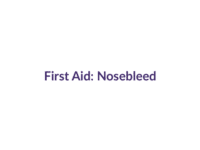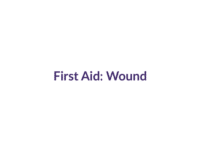
First Aid: Treatments, Pictures, and Animated Instructions
The subject of first aid encompasses a large scope, anything from removing a splinter or draining a blister to acting in the rescuer role in the case of injury from fire, extreme cold, animal bites, or broken bones. Some first aid can take place safely at home without further treatment while other situations require prompt care by a medical professional. Moreover, many first aid situations that seem simple at first, such as treating a mild burn or a small foreign object in the skin, can develop into a more serious condition weeks later due to infection. This text will help you differentiate between mild, moderate, and serious first aid events as well as recognize future signs of complications. In the event of a serious medical emergency, this first aid information will help you know what to do as a rescuer to help an injured person while awaiting emergency services, such as how to immobilize a body part in the event of a fracture, when it is safe to rewarm a body part in the case of severe frostbite, what to ask a person who is losing consciousness, and even how to identify types of poisonous snakes. Such measures can dramatically help the injured person’s recovery.
Ideally, the first aid events discussed in this section should be reviewed before any potential accident happens and as ongoing education, as this information also addresses injury and accident prevention as well as emergency preparedness, such as stocking first aid kits. Because it is difficult to anticipate an accident and it may be hard to recall information during a stressful medical emergency, the first aid events in this section are presented such that a rescuer can quickly look up first aid steps and other pertinent information.
Click an image or illustration of a first aid event below to begin to learn how to take safety measures for minor first aid situations on your own, when to seek professional medical care for more serious injuries, and how to help care for a person while awaiting emergency medical assistance.
Best Matches

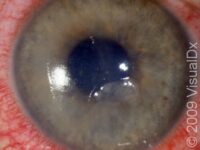
Corneal Abrasion, First Aid
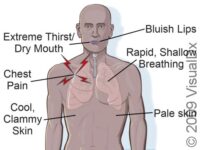
Shock, First Aid
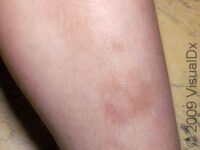
Bruises, First Aid
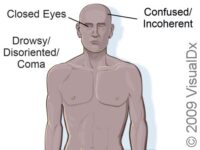
Unconsciousness, First Aid

Sunburn, First Aid
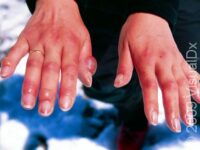
Frostbite, First Aid
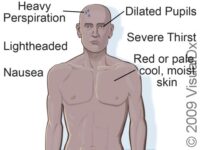
Heat Exhaustion, First Aid

Snakebite, First Aid

Splinter, First Aid
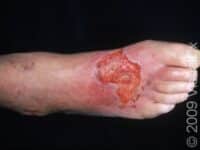
Burns, First Aid
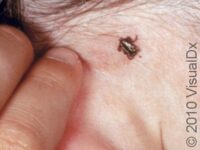
Tick Bites, First Aid
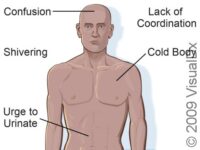
Hypothermia, First Aid
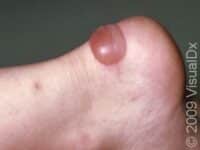
Blisters, First Aid
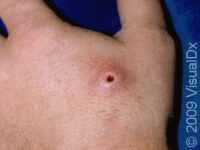
Animal Bites, First Aid
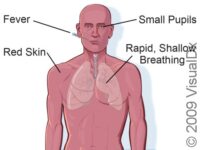
Heatstroke, First Aid

Head Trauma, First Aid
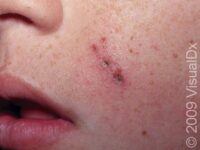
Foreign Object in Eye or Skin, First Aid
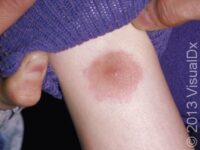
Bug Bites or Stings, First Aid
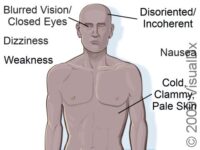
Fainting, First Aid
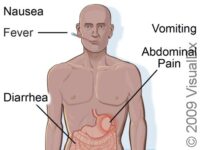
Foodborne Illness (Food Poisoning), First Aid
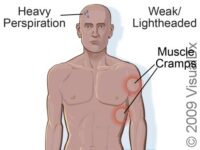
Heat Cramps, First Aid
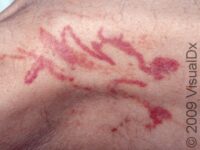
Jellyfish Stings, First Aid
